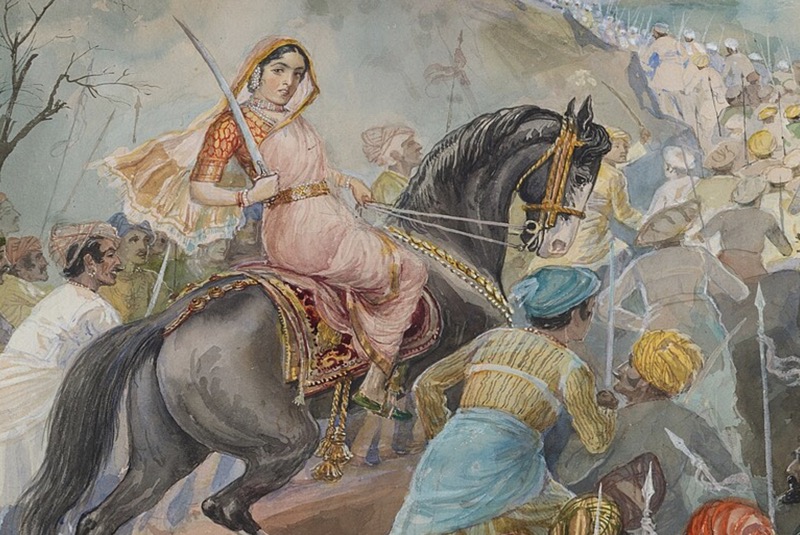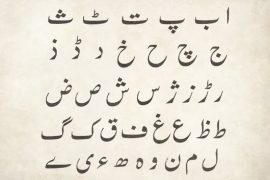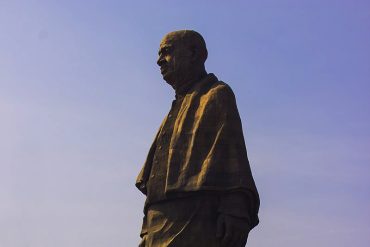Chhatrapati Shivaji is hailed as one of the great Maratha rulers. However, when Chhatrapati Shivaji was succeeded by his eldest son, Sambhaji, in 1680, the Maratha kingdom was in turmoil.
After defeating the Deccan Sultanate, Aurangzeb attacked the Maratha kingdom in full force, captured Sambhaji, and executed him in Aurangzeb’s camp in 1689. His half-brother, Rajaram, became the de facto ruler. One of Rajaram’s three wives was Tarabai Bhosale, who led the most vigorous resistance against Aurangzeb and saved the Maratha kingdom from extermination.
When Tarabai’s husband was alive, Aurangzeb’s Mughal army attacked the Maratha kingdom and drove them out of the capital, Raigad, near Pune. Rajaram and his three wives made their way to the great stronghold of Panhala, one of Deccan’s mightiest forts. However, even the fort was not considered secure for Rajaram against Aurangzeb, who was out to capture him. Rajaram snuck out to Jinji (Gingee), a stronghold deep in Tamil country, leaving Tarabai and his other wives behind.
In Panhala, Tarabai, in her teenage years, acquired administrative knowledge under Ramchandra Nilkanth, who ran the day-to-day government in the absence of Rajaram. At the age of 19, Tarabai made her way to Gingee to unite with Rajaram, where she birthed Shivaji II, Rajaram’s firstborn.
The King and his wives returned to Maharashtra in 1699, and it is believed that Tarabai resolved a dispute in which she took a stand against her husband’s powerful commander-in-chief, emerging as a courageous and independent woman in the eyes of the observers.
Hence, it was no surprise that, upon Rajaram’s death, Tarabai confidently stepped into her son’s regent’s shoes and took the kingdom’s reins into her hands.
Chhatrapati Rajaram died at the young age of 37 in March 1700, and one of his three wives committed Sati, throwing herself into her husband’s pyre. At the time, the 25-year-old Tarabai was the mother of Rajaram’s first child, a four-year-old Shivaji II.
Within weeks of Rajaram’s death, Tarabai declared a thread ceremony for Shivaji to confirm his noble status as a Kshatriya, a warrior, qualifying him as a king. In early 1700, Shivaji sat on the throne adorned with symbols of Royalty, and her mother, Tarabai, became the regent.
Bhimsen, a Mughal officer serving in the region, said that Tarabai ‘was a stronger ruler than her husband’ and ‘regulated things so well that not a single Maratha leader acted without her order.’ In 1701, the Portuguese officials referred to her as the ‘Queen of Marathas.’
From 1700-1707, Tarabai took charge of the Maratha forces and ravaged the Mughals. She moved the army from one fort to another, mobilised her resources, and coordinated attacks. She sent large forces beyond Marathi-speaking areas deep into the Mughal domains.
In 1700, Tarabai launched an army of 50,000 troops as far as Chanderi in Madhya Pradesh; in 1702, she invaded the borderlands of Maharashtra, and in 1706, the Maratha army invaded the cities of Gujarat and Khandesh.
These were not just regular invasions. As per the Mughal historian Khafi Khan, Tarabai’s army penetrated ‘the old territories of the Imperial throne, plundering and destroying wherever they went. In imitation of the Emperor, who with his army and enterprising amirs [commanders] was staying in those distant mountains, the commanders of Tara Bai cast the anchor of permanence wherever they penetrated, and having appointed Kamiash-dars [revenue collectors], they passed their years and months to their satisfaction, with their wives and children, tents and elephants. Their daring went beyond all bounds. They divided all the districts [parganas] among themselves, and following the practice of the Imperial rule, they appointed their subedars [provincial governors]. Kamaish-dars [revenue collectors], and radars [toll-collectors].’
These shrewd warfare tactics ensured the survival of the Maratha kingdom. After Aurangzeb’s death in 1707, Tarabai faced many challenges to the succession and fought a lengthy conflict to maintain her power; however, this Queen’s rebellious policies to invade and conquer challenged the Mughal empire and protected the Maratha kingdom.
Jadunath Sarkar, the well-known historian of the Mughal dynasty, praises her role in Maratha’s survival from 1700 to 1707. He writes:
During this period, the supreme guiding force in Maharashtra was not any minister but the Dowager Queen Tara Bai Mohite. Her administrative genius and strength of character saved the nation in that awful crisis.
-30-
Copyright©Madras Courier, All Rights Reserved. You may share using our article tools. Please don't cut articles from madrascourier.com and redistribute by email, post to the web, mobile phone or social media.Please send in your feed back and comments to editor@madrascourier.com











